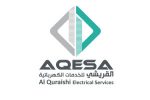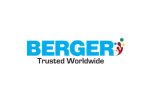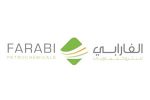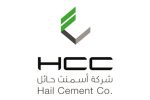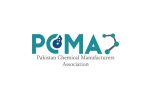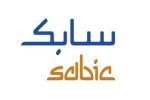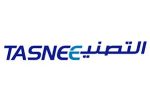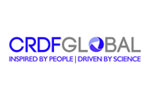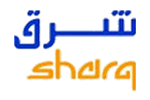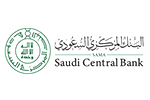
ISO 17025 Competence of Testing & Calibration Laboratories
ISO 17025 Laboratory accreditation provides formal recognition to competent laboratories, which in turn provides confidence to customers to identify and select reliable testing, measurement and calibration services. To sustain this recognition, laboratories are re-evaluated regularly by the accreditation body to ensure their continued compliance with requirements, and to check that their standard of operation is being maintained and sustained. The technical competence of laboratory is further enhanced and demonstrated by participation in relevant proficiency testing programs between the reassessments. Accredited laboratories issue test or calibration reports bearing the accreditation body’s symbol or endorsement, as an indication of their accreditation. Accreditation is an effective marketing tool for testing, calibration and measurement, and a surety to submit tenders and contracts to companies requiring independently verified laboratories.
CEIC recommends development and implementation of ISO 17025 under Option B which will reduce the duplication of work and processes. Option B will ensure complete integration of ISO 17025 with the prevalent Quality Management System (ISO 9001) or integrated management system of the organization. This will help in integration of ISO 17025 processes into the organizations business processes, thereby addressing issues related to budgeting, trainings, reviews, non-conformances etc.
- Development and implementation of ISO 17025 under Option A or Option B;
- Development of technical requirements including the formal personnel training plans and detailed records;
- Method development and validation procedures;
- Measurement of method uncertainty;
- Equipment calibration and maintenance program;
- Management quality improvements through document control for consistent analytical processes;
- Monitoring of supplier performance;
- Contract review process for documenting customer requirements;
- System for handling customer comments and complaints;
- Continuous improvement through corrective and preventive action procedures and audits under either of the options (A or B);
- Routine scheduled management reviews of corrective actions, nonconforming testing, and proficiency testing helps in establishing long-term trending.

